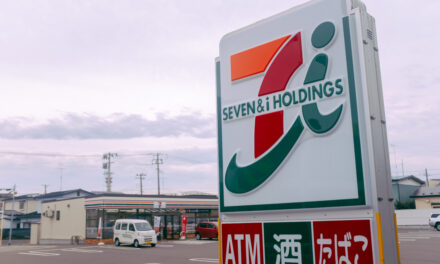You might have heard Warren Buffett’s quote: “Price is what you pay. Value is what you get.”
Investors are enticed to buy “penny” stocks because they think the stock could quickly rise by 5X, 10X, 100X or more.
But here’s the cold, hard truth, folks.
It doesn’t matter whether you pay $20, $2, or 20 cents for a stock if the stock is complete junk.
Look, Buffett’s success didn’t come from simply paying the cheapest price for any stock. It came from buying quality stocks for less than they were worth.
While Buffett’s always been called a “value investor,” he’s equally a “quality investor.”
Last week, we looked at the Value factor within the context of my proprietary Green Zone Power Ratings system, exploring how to tell the difference between a diamond in the rough and a stock that’s cheap for a reason.
But the Quality factor is even more interesting to me because, arguably more than any of the other factors, it seems so obvious!
Isn’t it intuitive that you’re better off buying a profitable company than an unprofitable one — a high-quality company over one of poor quality?
Even so, a lot goes into making a company profitable. It’s easy to get lost in the numbers…
That’s why I made sure to include Quality as one of the six factors driving my Green Zone Power Ratings system.
Let’s explore how you can maximize this factor in your investing.
How We Quantify “Quality”
I should clear up one thing first…
The Quality factor is about more than just profitability.
Of course, profitability is at the core of this factor. My Green Zone Power Ratings system considers a company’s profitability from various perspectives, including return on assets, return on equity and return on invested capital, over short- and long-term time frames.
It also factors in a company’s profit margins, including the gross profit margin, net profit margin and free cash flow margin.
Finally, in terms of profitability, my model considers earnings, operating cash flow and free cash flow on a per-share basis … as well as the consistency of earnings over prior quarters.
Beyond profitability, my Quality rating also includes information about a company’s debt load and its ability to service that debt. It also looks at a metric called asset turnover, which measures the efficiency of a company’s operations.
All told, the Quality factor within Green Zone Power Ratings is built on 27 individual metrics.
It’s an effective way to help us distinguish high-quality companies worth considering from the “junk” that we should leave alone at any price.
As far as why the Quality factor works…
It All Comes Down to Expectations
All the academic literature supporting market-beating factors seeks to “explain” the factors with one of two general frameworks.
These are:
- A risk-based explanation — The factor “works” because stocks that possess it are inherently riskier than other stocks. Thus, they must provide investors with a premium to compensate for that extra risk.
- A behavioral-based explanation — The behavioral biases that are baked into human nature lead to stocks becoming “mispriced,” thus allowing savvy investors to buy the underpriced stocks and avoid (or short) the overpriced ones.
As you may suspect, high-quality stocks are generally less risky than poor-quality stocks. Not only does that make sense intuitively … but it’s also proven in the real world.
A number of studies have shown that the outperformance of “quality” stocks over “junk” stocks is even more pronounced during recessions and bear markets!
So behavioral reasons primarily drive the Quality factor.
Essentially, investors routinely expect mean-reversion:
- We expect companies of poor quality and low (or negative) profitability to improve ahead.
- We expect companies of high quality and high profitability to do less well ahead.
But in reality — much like what the Green Zone Momentum factor shows us — more often, “winners keep winning, and losers keep losing.”
So when investors expect favorable “turnarounds” from poor-quality companies, they’re being foolishly optimistic … which leads to these stocks being overvalued.
And when we expect “give back” from high-quality companies, we’re being unnecessarily pessimistic … leading to these stocks being undervalued.
That’s why you can earn market-beating returns if you simply buy “high-quality” companies. Chances are, you can buy these stocks for less than they’re worth and enjoy all the benefits!
A Final Note on Quality
Interestingly, many stocks that earn high Quality scores in my Green Zone Power Ratings system are what we think of as “growth” stocks rather than “value” stocks.
The perception is typically that growth stocks are “expensive.”
The Quality factor doesn’t always point us to “expensive” stocks, per se. But when a “quality” stock has a richer valuation than a “value” stock, it’s often the case that it’s worth a higher valuation because it’s a better company, one that will produce stronger returns in the future.
Here’s the best part: You don’t have to choose between “Value” and “Growth” or between “Value” and “Quality.” These aren’t clear-cut, binary decisions.
Buffett looks for the perfect balance between quality and value.
He also looks for the “potential for continued growth.”
You probably don’t think of Buffett as a “growth investor.” But even this “value” guy understands the potency of a quality company trading for a great price; that’s also growing!
To good profits,

Adam O’Dell, CMT
Chief Investment Strategist, Money & Markets




